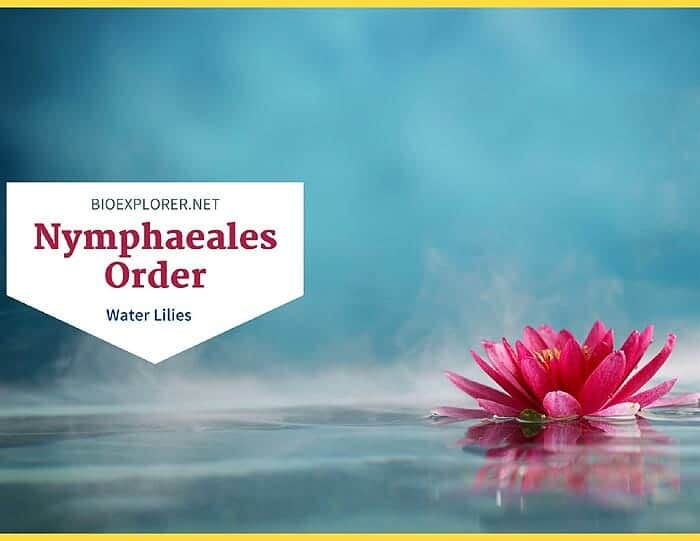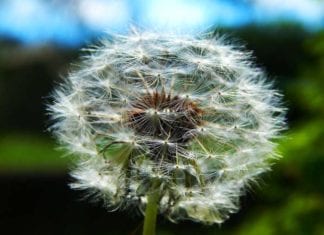Order Nymphaeales is composed of water lily flowers. It contains 3 families (Hydatellaceae, Cabombaceae, and Nymphaceae), 6 genera, and 74 species[1]. Being a part of Basal angiosperms, the attractive leaves and flowers of the Nymphaeales members make them suited for aquariums, pools, and aquatic gardens.
Nymphaeaceae (the water lily family) has 8 genera and 100 species[2]. Cabombaceae (the water shields and fanworts) has 2 genera and 6 species[3]. Hydatellaceae contains 1 genus and 12 species[4].
Table of Contents
Nymphaeales Distribution
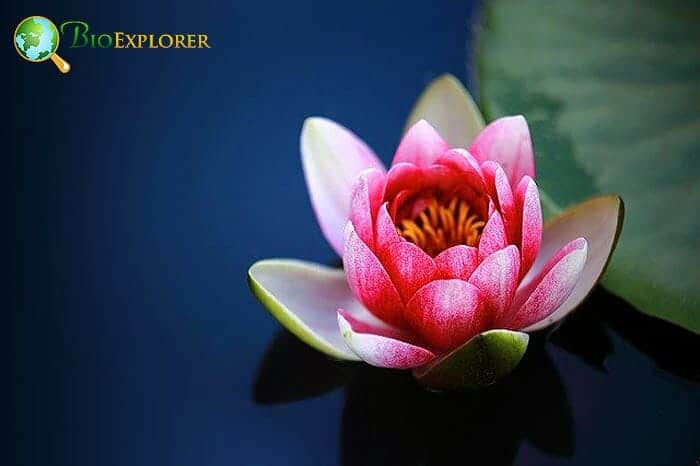
Species of Family Nymphaeaceae are almost broad-based in distribution except in frigid regions. These water lilies are found in almost all freshwater habitats throughout the world. The attractive appeal of the water lilies leads to their cultivation worldwide.
The Cabombaceae are distributed in the areas of tropical to temperate. Cabomba thrives in tropical America while Brasenia is distributed in tropical to temperate America, Africa, and Australasia. The last family, Hydatellaceae, is found in Australia, India, and New Zealand.
Nymphaeales characteristics
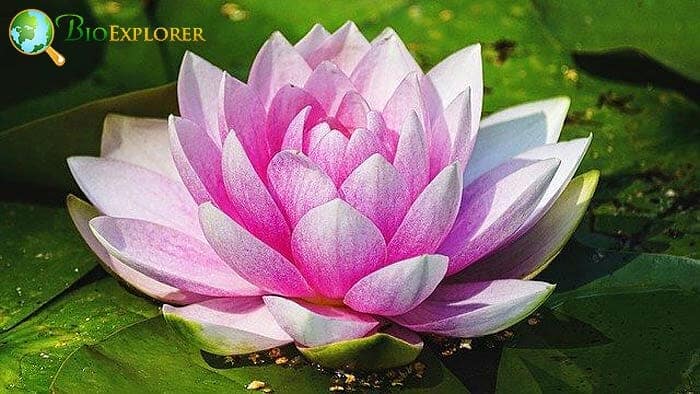
The following are the characteristics of plants under Order Nymphaeales:
- All plants are aquatic. They are attached to the bottoms of ponds and streams.
- Plants typically consist of simple and floating leaves. This is because the stomata are on the upper surface. In addition, there are lacunae (extensive internal air space) that enhance floating.
- The leaf blades are broad. There are no bracts.
- The leaves originate from thin, creeping rhizomes, highly thickened rhizomes, or thick caudices. Some members are tuberous.
- Nymphaeales stems are variously modified perennial organs.
- Being bisexual and inflorescences consist of a solitary, emergent flower, the stamens of this flower order are numerous.
- The ovary is superior or inferior. The fruit maturation is underwater. The seed is operculate.
Nymphaeales Flowers and Reproduction
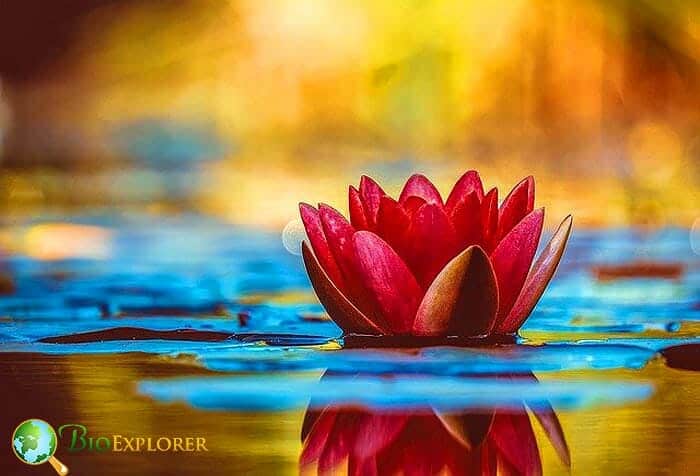
Nymphaeales consist of a solitary, floating, or emergent flower. They are bisexual, actinomorphic, and hypogynous or epigynous. The perianth is differentiated into calyx and corolla; the parts are whorled. The calyx consists of aposepalous sepals, and the corolla is made up of apopetalous petals. The gynoecium is apocarpous or syncarpous. Their placentation is laminar or parietal, and the fruit unit is a coriaceous follicle or a berry.
Species of Nymphaeales have attractive flowers. The fragrant N. odrata (5-inch white flowers) and horticultural varieties are grown in several gardens, parks, and natural ponds in the warm temperate regions. Horticulturally, Nymphaea[5] is considered the most important genus. It has nearly 250 cultivars with a wide variety of showy blossoms from white, green, red, blue, and purple.
Flowers are insect-pollinated. Insect pollination occurs by beetles, bees, and flies. Some flowers, however, are self-pollinated like the Nymphaea and wind-pollinated like the Brasenia and N. ondinea. The seeds are dispersed by animals or water.
Suggested Reading:
Plant Life Cycle: Alternation Of Generations & Life Cycle of All Plant Types
Nymphaeales Family differences
Nymphaeaceae Family
- Flowers are solitary, floating to emergent.
- The leaves are broad, alternate, simple, long-petioled, floating, or immersed.
- Flowers are large, showy, and hermaphrodite.
- The ovary is superior or inferior.
- The calyx consists of 4 to 6 (up to 14) sepals.
- The inner of corolla grade into laminar stamens.
Cabombacaea Family
- Cabombacaea can be dimorphic, floating, or submerged.
- The leaves are broad, undivided, or highly divided.
- They possess atactostelic stems, resembling those of monocots.
- Flowers are large and bisexual.
- The calyx consists of 2 to 4 sepals.
- The ovary is superior.
Hydatellaceae Family
- They are grass-like aquatic herbs that may be submerged.
- The flowers are tiny and aggregated into stalked clusters (headlike).
- The leaves are simple and not broad.
Example Nymphaeales Species
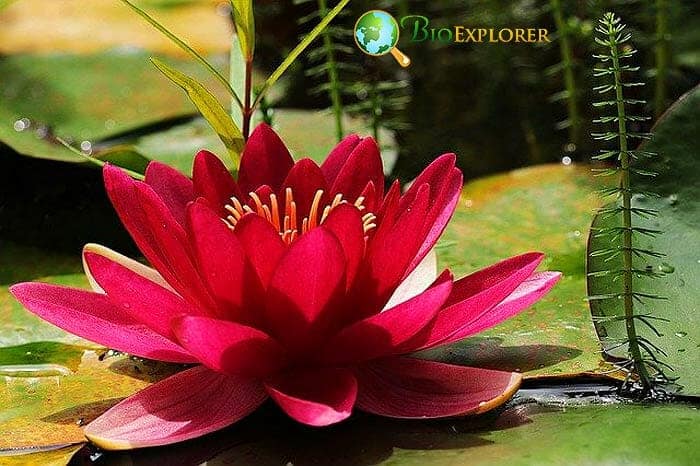
Some of the species of Nymphaeales are used as food, medicine, and ornamentals. The typical examples of the Nymphaeales members are:
- Europian white water lily.
- Dotleaf water lily
- Blue lotus
- Amazon water lily
- Fanwort
- Green Cobomba
- Red Cobomba
- Swan Hydatella
- One-Sexed Hydatella
- Submerged Watertuft


